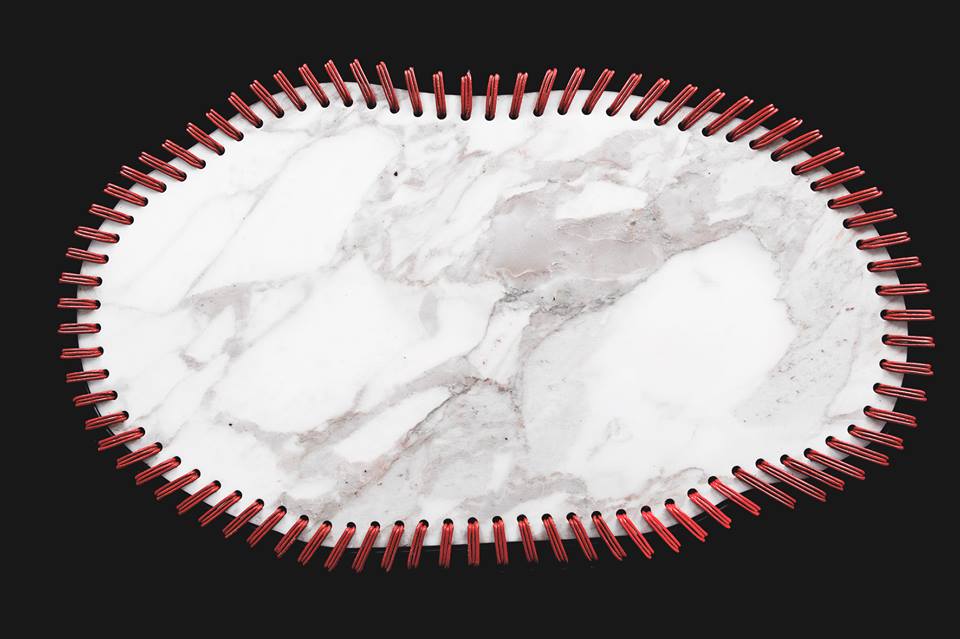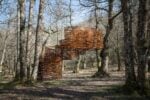Andrea Anastasio

A voler simbolicamente verificare l’attualità di un processo creativo e produttivo fondato sulla rinvenuta compatibilità di accostamenti
stridenti, gli arredi progettati da Andrea Anastasio per la mostra, tavoli, tappeti e sedute, tutti pezzi unici, sono caratterizzati dall’utilizzo di materiali contrapposti per tipologia e provenienza.
Comunicato stampa
Since the beginning of civilisation both static and nomadic groups have contributed to the formation and the shaping of habitative cultures. Conflicts and mutual curiosity between the two different concepts of habitation have given rise to diverse ways of organising domestic life and relationships. The gradual yet serious utilisation of new technologies have brought novel and contemporary dimensions to these exchanges that have taken place over several centuries.
The need to symbolically verify the relevance of a constructive process based on the compatibility of jarring juxtapositions; the one-of-a-kind pieces of furniture designed by Andrea Anastasio for the exhibition – tables, carpets and seats – are characterised by the use of materials that are contrasting in its make-up and origin.
The rigidity and hardness of the stone are juxtaposed with the softness and flexibility of the fabric; the spontaneity of geological formations are confronted with the manufactured artefact, the variety of shades and textures found in nature are paired with those industrially produced, as if within these two poles you could articulate the entire horizon of human habitation.
The same approach is used in the processing of the materials. Both the heavy-and-fragile (marble) and those soft (textile) are processed by a combination of traditional craftsmanship and modern technology. The tables, for example, are built by using the ancient gesture of “mending”, which in this case is made with leather laces that are applied to hold together fragments and slabs of marble – like yellow of Siena, the Belgian black, red Levanto – that were previously modelled with the aid of a computerised water jet cutter machine.
The making of the carpets follow a similar principle. Strips of handwoven velvet jacquard (Colony-Rome) are cut and edged with industrial machine to be then interlaced by hand thus enhancing the compositional texture by contrasting colours, styles and patterns.
Similarly, the idea of enriching the aesthetics and the semantics of a domestic interior is obtained by introducing an innovative and rather subversive chair composed by seemingly unstable and fragile stack of pillows. The “pillow-case” chair is made out of three cushions, upholstered with velvets designed by Raf Simons for Kvadrat, and by silk satin manufactured by Verel de Belval.
It transforms the cushion from an accessorial element of interior decoration into a proper and solid piece of furniture.
In ensuring that the three pillows appear to be magically suspended, Anastasio emphasises the ambivalent and symbolic nature of the cushion that historically belongs to both the nomadic and the static civilisations. The cushion indeed, is probably one of the most basic element that conveys a feeling of home, a comfortable object that defines habitation.



